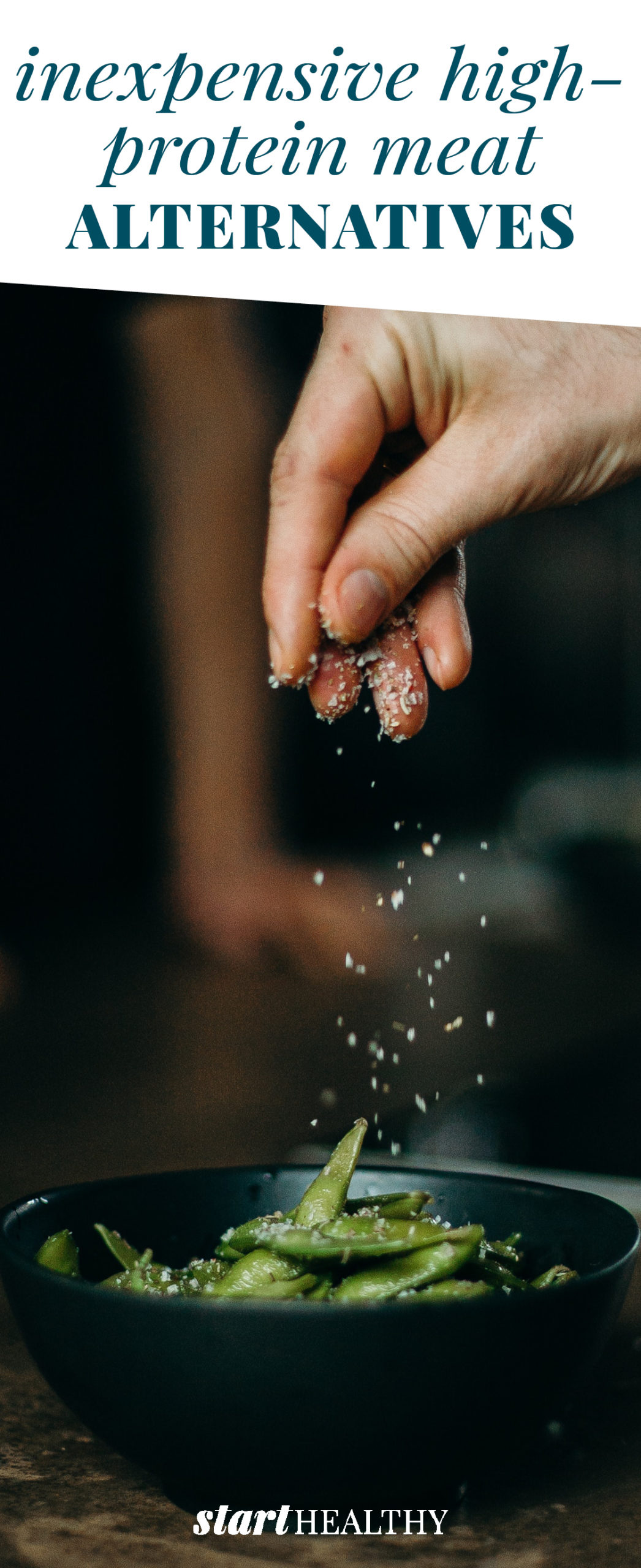The Best Inexpensive High Protein Meat Alternatives
Meat has always been the go-to example for a high protein food. However, we know now that meat isn’t the only, and sometimes not even the best, source for your daily protein. The market is catching up to this by releasing various meat substitutes—expensive ones.
Brands like Beyond Meat offer great-tasting plant-based alternatives, but they’re not always the healthiest option for your physical health or your finances. If you’re on a budget or prefer a natural approach to your foods, these are the top meat substitutes you should try implementing in your diet.
As always, consult a health professional to make safe changes to your diet.
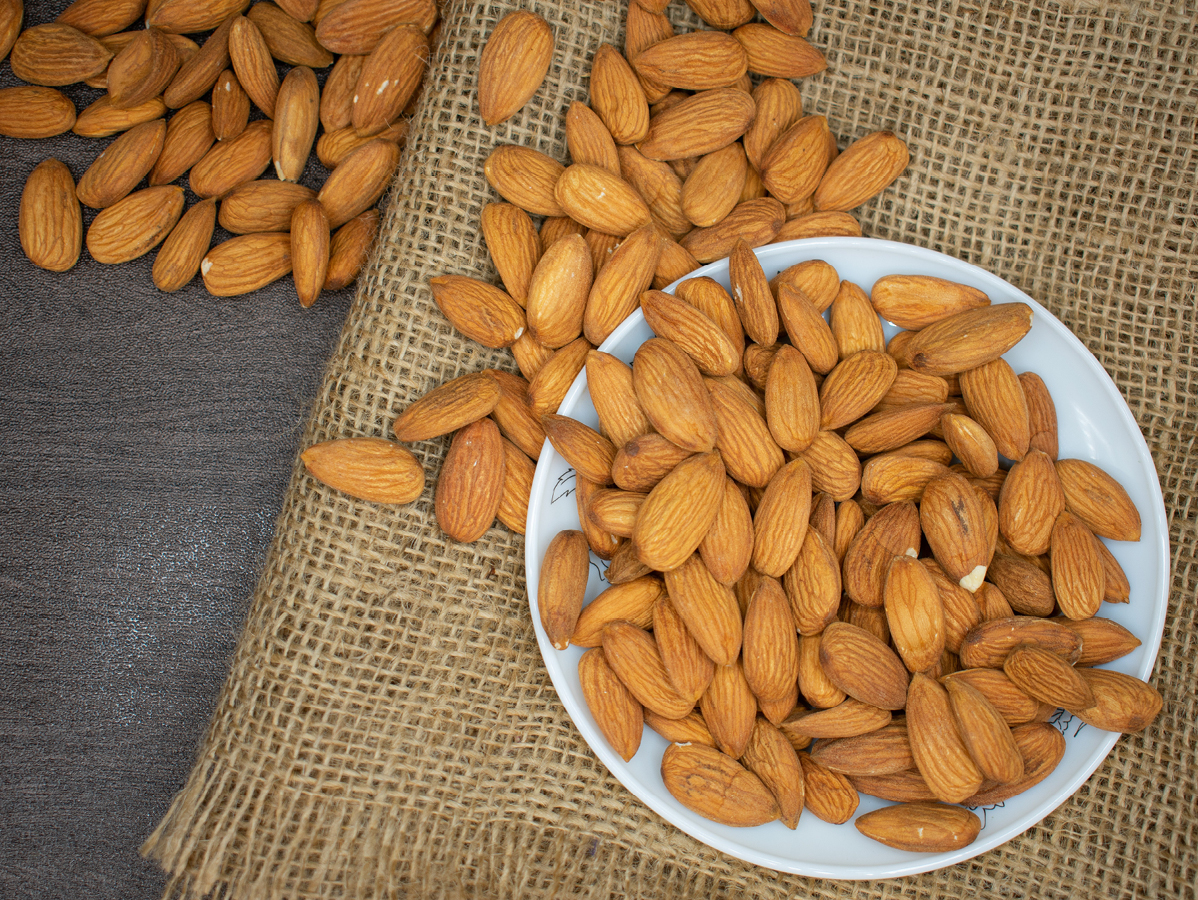
Almonds 20g of protein/cup
Nuts are a great source of protein in general, but almonds are distinctively high in protein and offer a few additional health benefits, such as heart-healthy fats. Almonds are tasty alone as a snack or cut up as a topping in dishes like a smoothie bowl.
Black beans 39g of protein/cup
Beans are another high protein source, and black beans have the highest amount of protein per cup on this list—about 80% of the daily protein recommendation for an average adult. The best ways to enjoy black beans are in meatless tacos or as a side alongside whole grain rice.
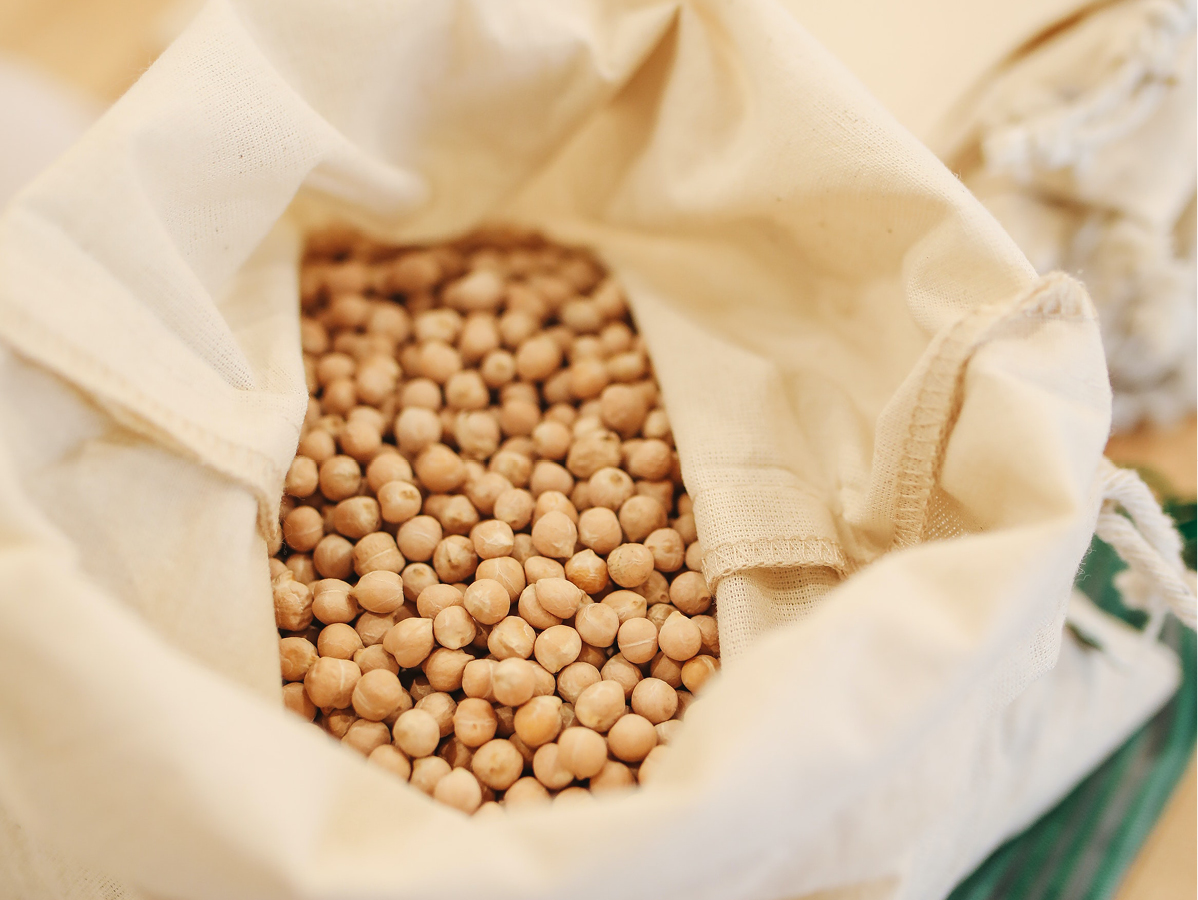
Chickpeas 39g of protein/cup
You’re likely familiar with chickpeas if hummus is one of your go-to snacks. Chickpeas are a softer legume, perfect for mashing into hummus or incorporating in a salad. However, chickpeas can be high in potassium, so consume them in moderation to avoid elevated potassium levels.
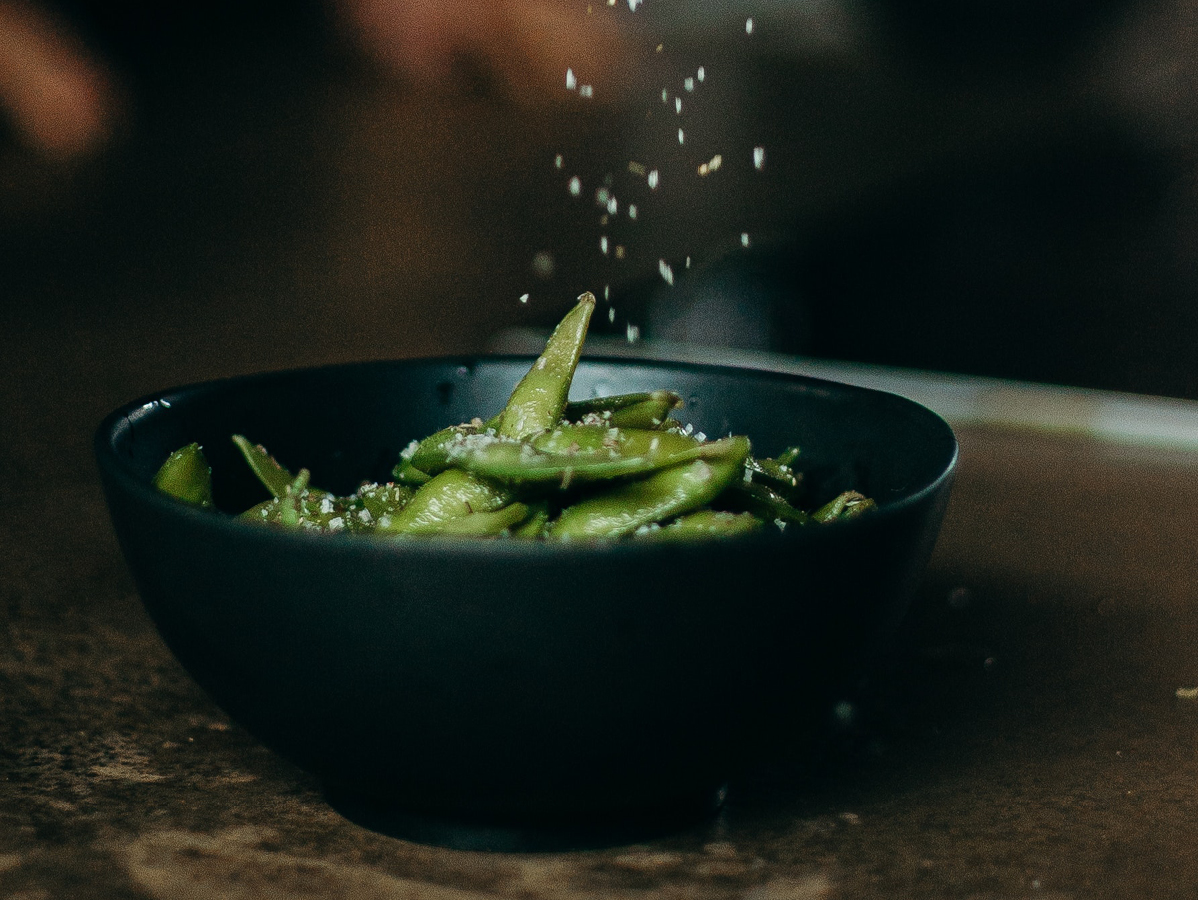
Edamame 17g of protein/cup
Soybeans are an East-Asian treasure. The pod of beans is not only high in protein but also vitamin K, antioxidants, and fiber—which are all beneficial for your heart and digestive health. Enjoy edamame steamed in the pod or as beans in a meatless stir fry.

Lentils 18g of protein/cup
Lentils are the smallest of all legumes, but they aren’t small in their list of health benefits. Lentils are a great source of your daily fiber and protein. The unique savory flavor of lentils makes for a good choice as the main part of a dish, such as in soups and chowders.
Lima beans 15g of protein/cup
Always a dinner staple, the lima bean was likely a piece of produce you avoided on your plate as a child, but consider revisiting this vegetable now to reap the benefits of its protein, iron, and fiber. Lima beans are delicious in stews and soups.
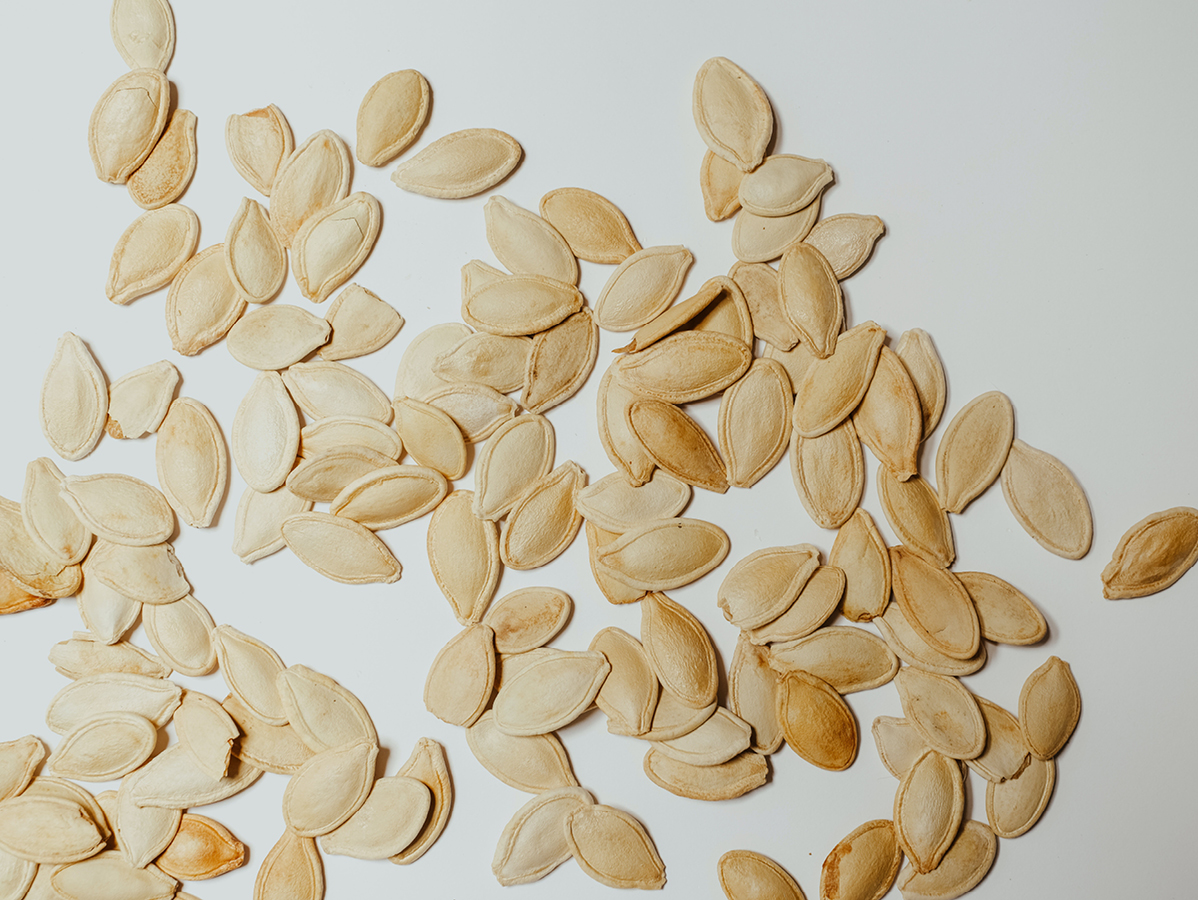
Pumpkin seeds 12g of protein/cup
Are you missing your favorite pumpkin-flavored dishes in the off-season? Try eating some pumpkin seeds! Without an overwhelming pumpkin flavor, pumpkin seeds can offer a delicious protein boost, and if you have occasional insomnia, they can be a natural sleep aid solution for you. Try roasting and salting pumpkin seeds to eat as a snack or add to a healthy dessert recipe like pumpkin muffins.

Tempeh 31g of protein/cup
Tempeh is a chewy, nutty, and earth-flavored soy product that is great as a direct meat substitute in dishes like stir fry and grilled medleys. You can even make tempeh at home easily by combining rice vinegar and dried soybeans! Try these peanut grilled tempeh Thai kebabs.
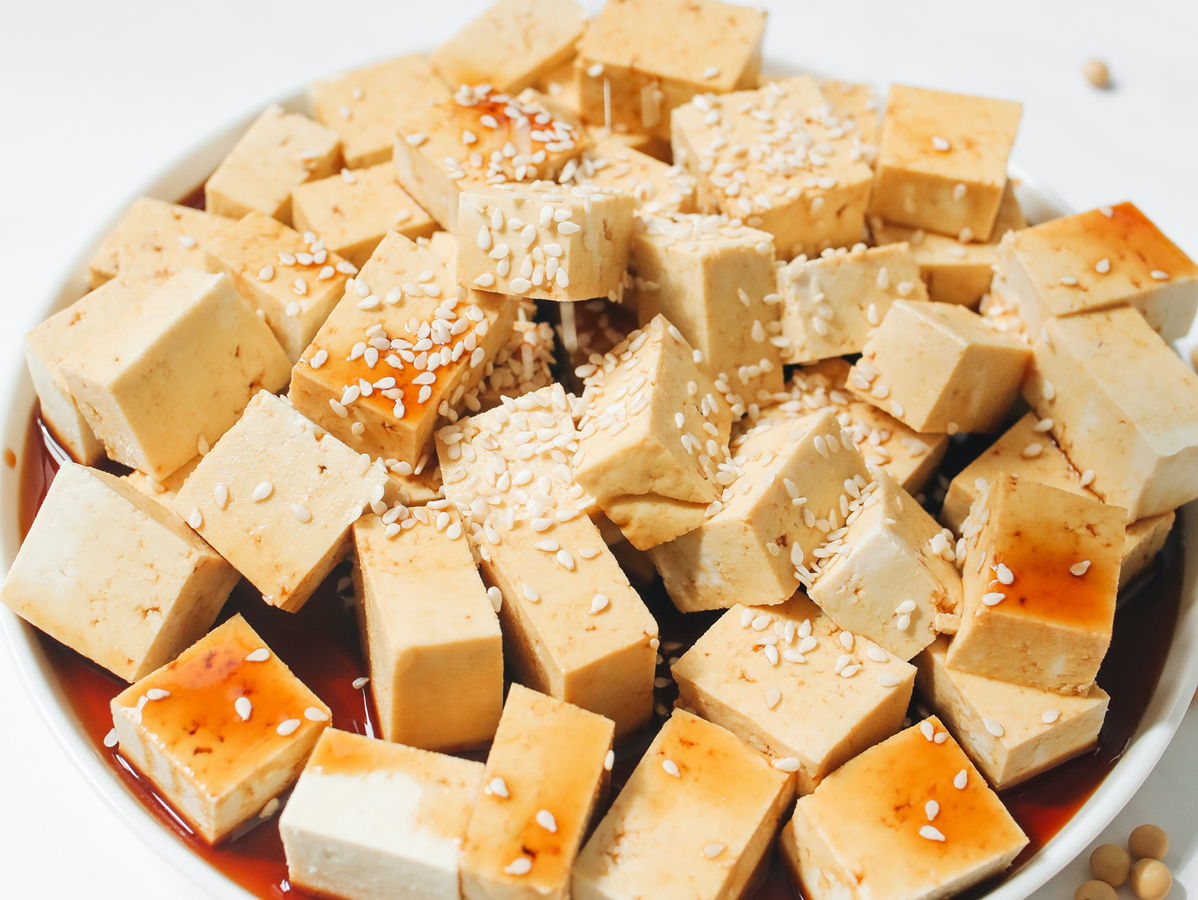
Tofu 20g of protein/cup
Like tempeh, tofu is a soybean product that, on its own, is bland. View tofu as a canvas to mold to whatever flavor palate you have, because it is very absorbent when marinated. Consider baking or frying your tofu for the best texture.
*Nutritional information courtesy of the USDA











